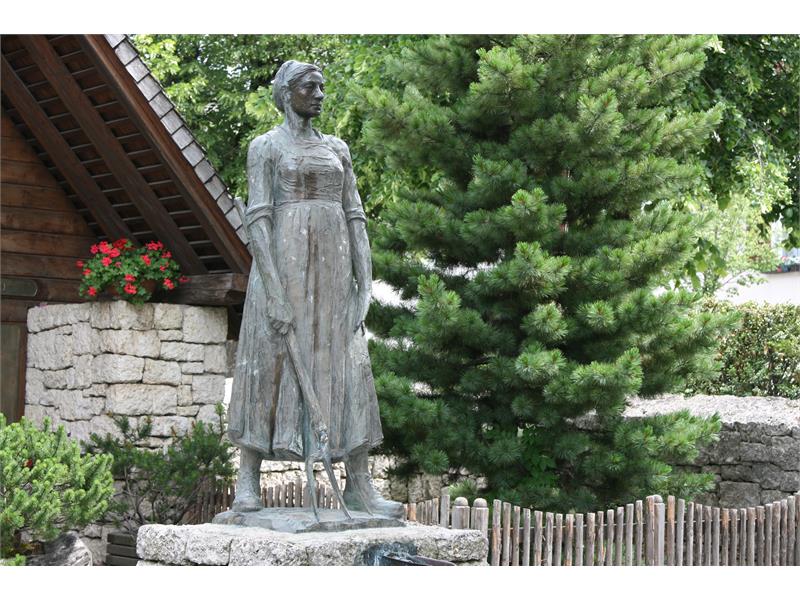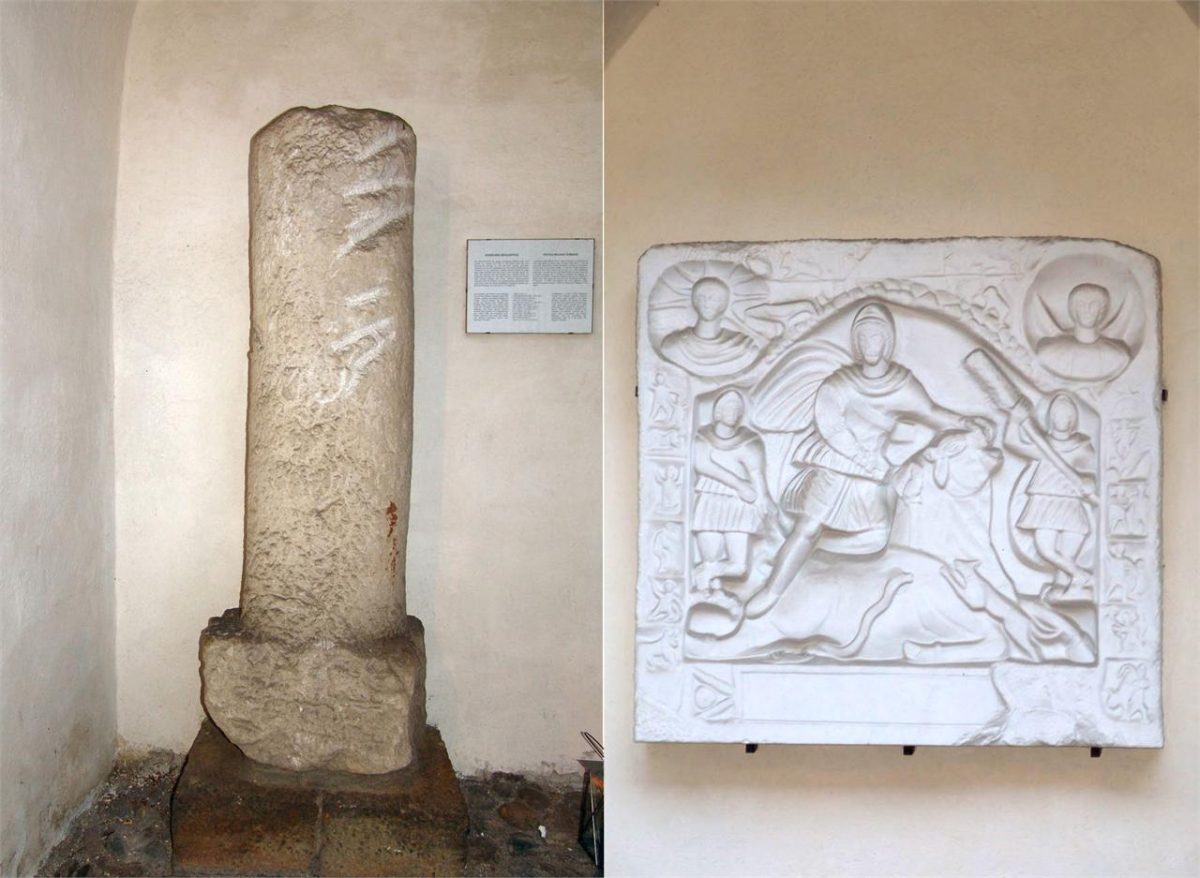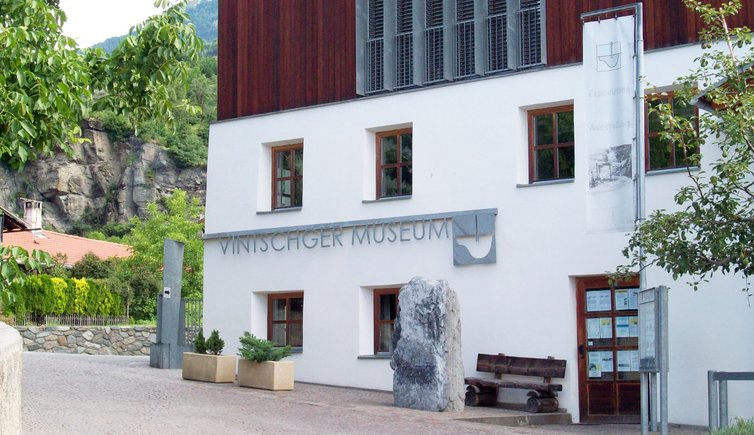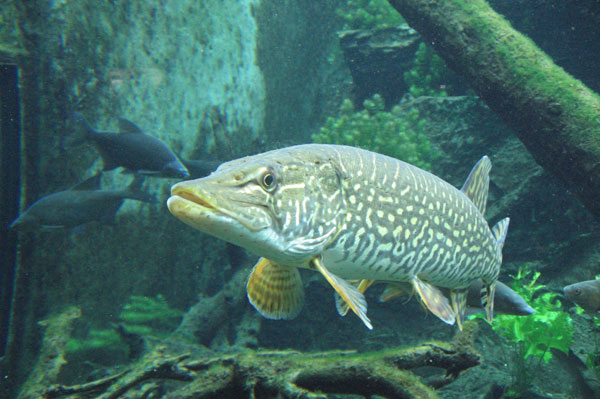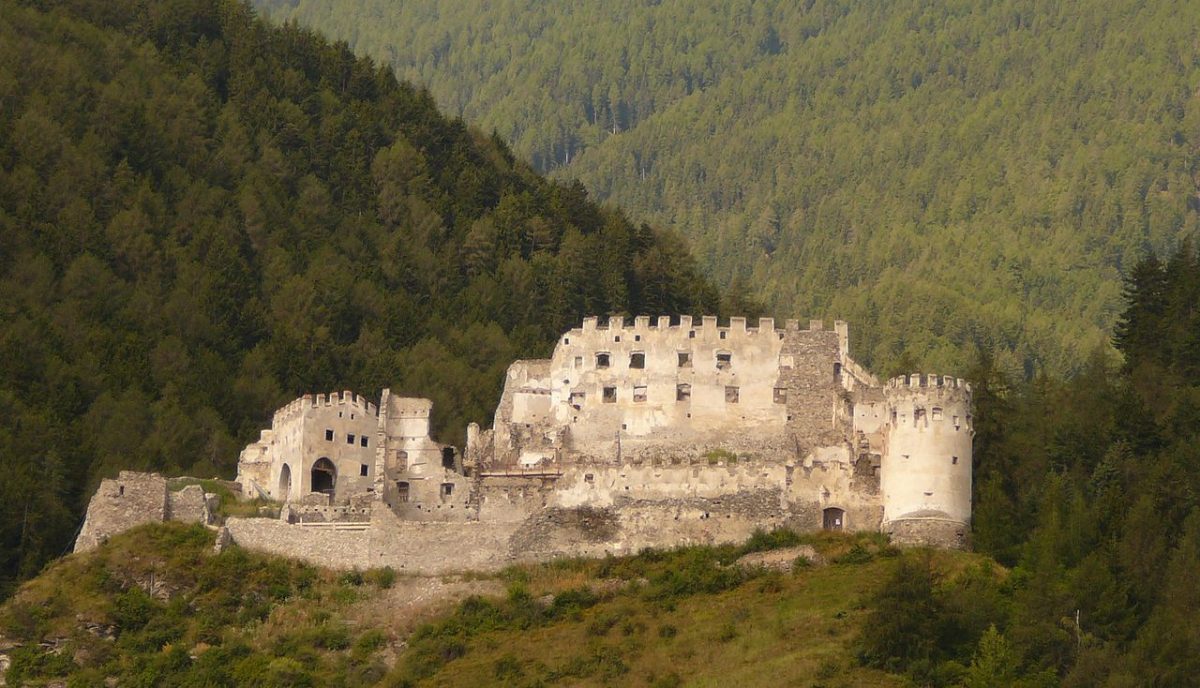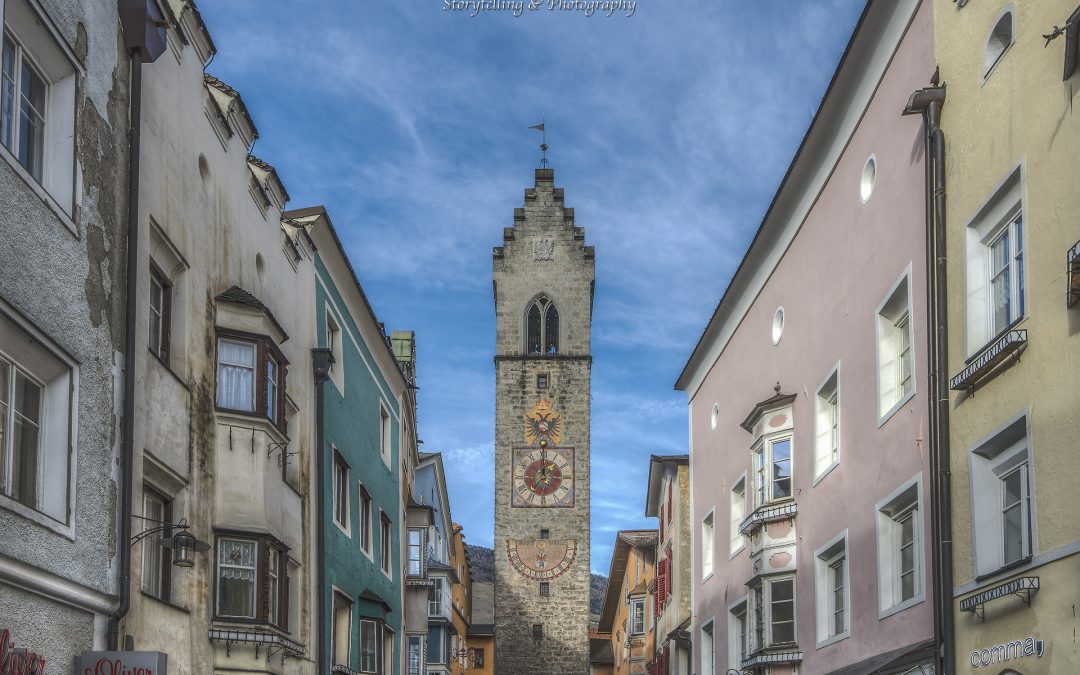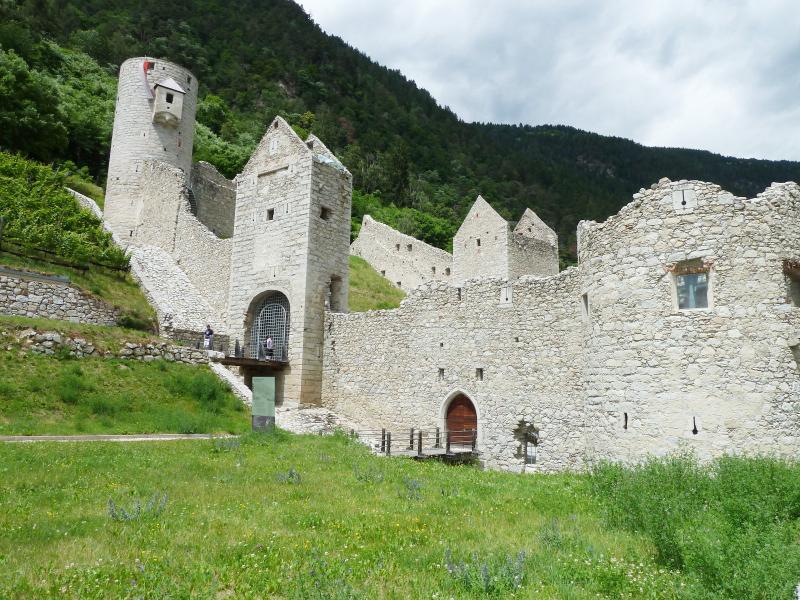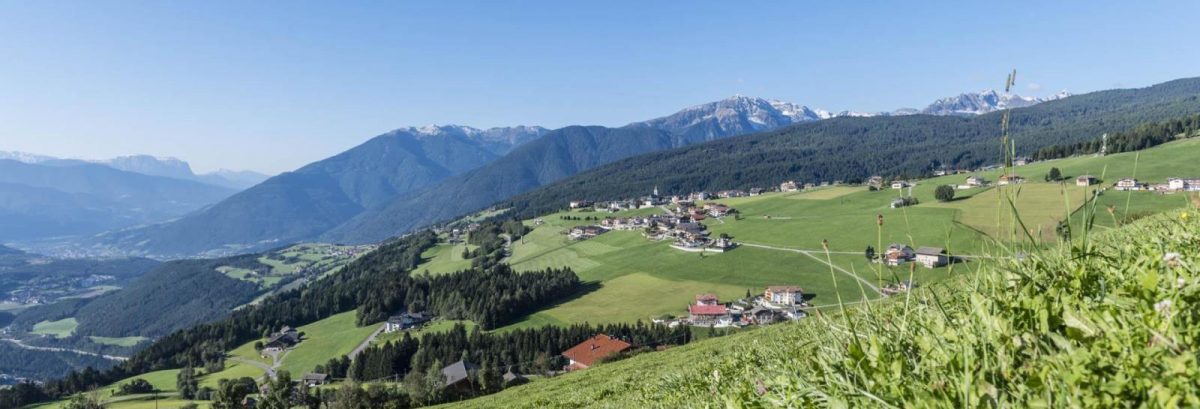How to reach Glorenza
Glorenza, the smallest town in South Tyrol, works its magic on every visitor with its charming medieval atmosphere, perfectly preserved town walls and its three picturesque gate towers. Virtually unchanged since the 16th century, there are echoes of the eventful history of this former trading town around every corner. With its romantic character, rich culture and idyllic surroundings, Glorenza is a real alpine jewel. It is our pleasure to invite you to our beautiful town to share with you magical moments, historic festivals and spectacular cultural events.
History:
The village of Glorenza/Glurns was first mentioned in 1163. Its name is of Romansh origin, meaning Alder meadows. Originally an ancient Roman settlement of the Province of Raetia, during the early Middle Ages it belonged to the Swiss diocese of Chur, until Count Meinhard II of Tyrol granted the village market rights in 1290. From then on it evolved as a free city with a town charter being first mentioned in 1304. The importance of Glorenza grew with its economic prosperity as a trading center in the Late Middle Ages. Whoever was able to gain entry inside the city walls was exempt from taxation for ten years, while the city benefited from toll rates paid by commercial travelers and salesmen who were interested to offer their products for sale at the local market: wine, metal products, spices and fruit were traded, but above all salt, originating from the salt deposits of the nearby city of Hall. In 1423, the city was mentioned as the seventh city among 18 in the first Merano State Parliament.
After Tyrol was integrated into the Habsburg-ruled provinces in 1363, there were several attempts to repress the power of the bishops of Chur, the Lower Engadine, Müstair Valley and Upper Venosta Valley. As a reaction, the subjects of the diocese founded the League of God’s House [Gotteshausbund]. After further conquests of the Habsburgs, the situation seemed increasingly likely to escalate, eventually culminating in early 1499 in the Swabian War. In the decisive battle of May 22, the Battle of the Calven, the Gotteshausbund prevailed over the Habsburgs. Following the victory, the troops sacked and devastated the wealthy enclave of Glorenza.
On the orders of the Emperor Maximilian I, Glorenza was rebuilt, according to the plans of Jörg Kölderers. He is credited as the father of the present appearance of the city, with its notable walls and town gates. In the aftermath of these events, the city gradually declined in importance as a center of trade. It became depleted and impoverished over time, with the townsmen becoming farmers. Flooding, mudslides and fire disasters exacerbated this decline, and in 1799 parts of the city were burned down by the troops of Napoleon.
In the 20th Century many citizens of Glorenza worked as commuters in nearby Switzerland. In the 1970s, with the first economic boom, the modern redevelopment of the city was initiated.
df
Contact:
Information Office Glorenza
Schludernser Torturm
39020 Glurns
+39 0473 831097
